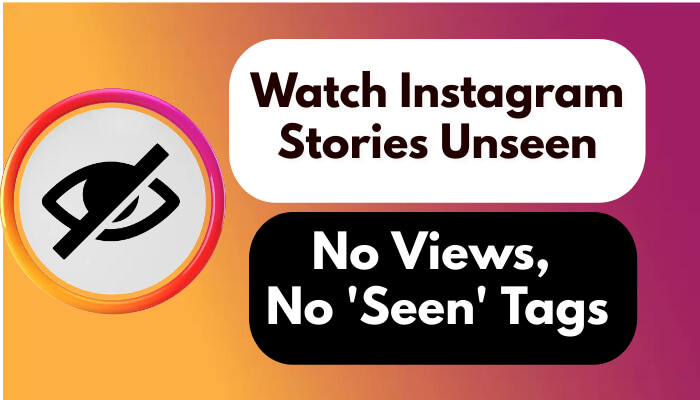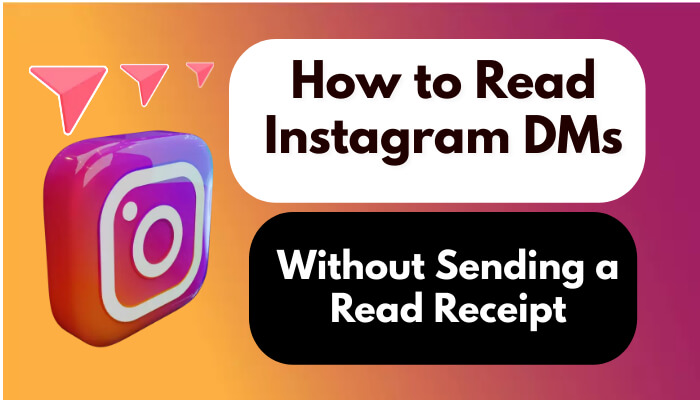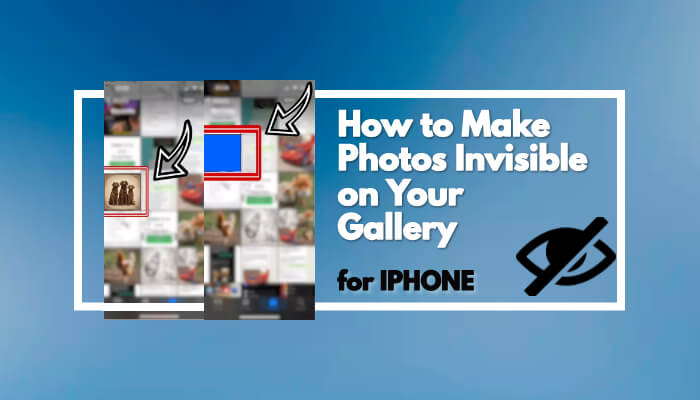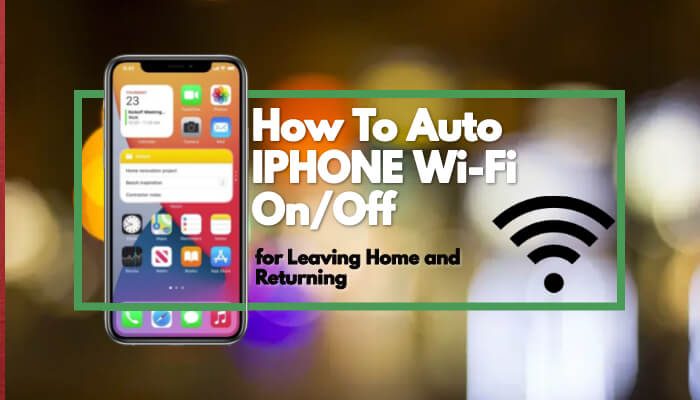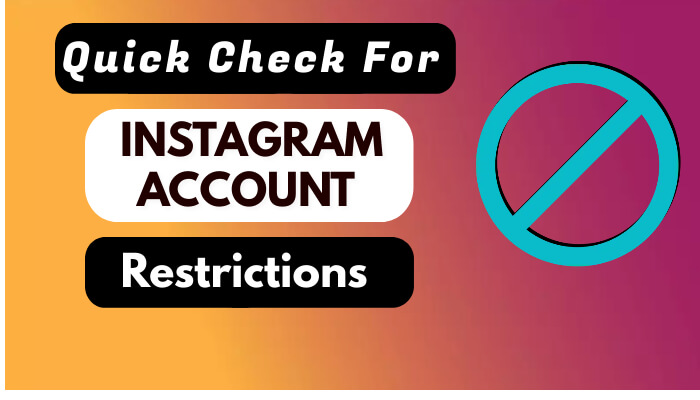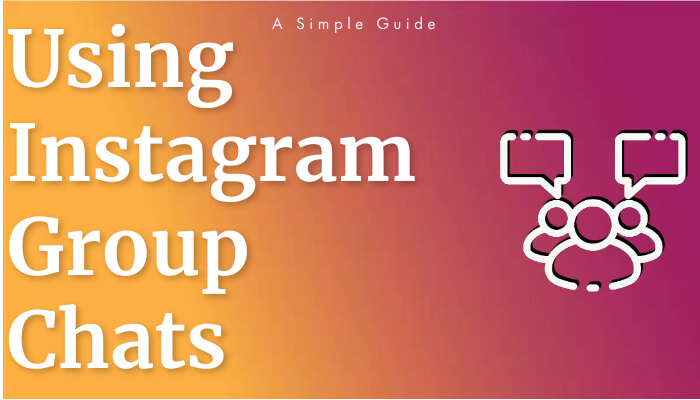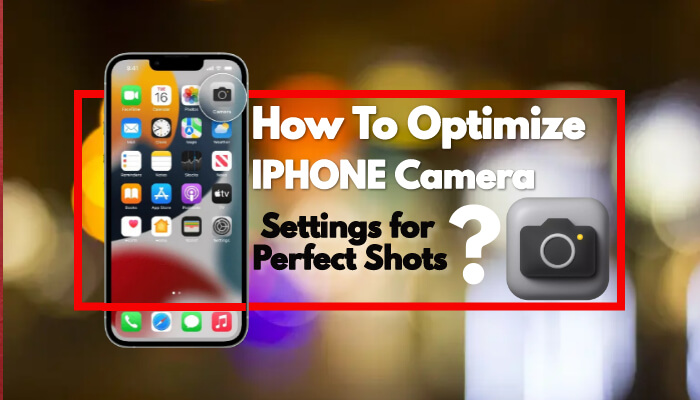
Influencer marketing is all about authenticity – natural-sounding recommendations from real people to build your brand's credibility.
Mistake #1: Being Seduced By the Numbers
It's easy to fall into the trap of assuming that the more followers or friends an influencer has, the better return they'll give. However, when dealing with top-level influencers with 100K+ social media followers, exercise caution. A large following may look impressive, but many of those followers may not be your target audience. You'll end up paying to have your message shown to people who have zero interest in what you're promoting. Research also indicates that engagement levels actually fall as follower numbers rise. Instead, identify your target audience and use smaller, "low-level" influencers to reach them.
Mistake #2: Automatically Paying
Don't assume you need to pay influencers upfront. Many influencers are open to discussing partnerships and may be willing to promote your product for a free sample or other non-monetary arrangements. Some influencers are only in it for the right price, especially celebrities. However, for many influencers, promoting products aligning with their interests is a natural part of what they do, and they may not require payment.
Mistake #3: Failing To Track ROI
Tracking the return on investment (ROI) of influencer marketing can be challenging, especially with multiple campaigns running simultaneously. To get a complete picture, pay close attention to the data generated by each post, including impressions, engagements, likes, shares, and link clicks. Provide each influencer with a unique, trackable link to monitor where your traffic is coming from, which can save on costs.
Mistake #4: Failing To Disclose
Disclosure is essential in influencer marketing, especially in countries with regulations like the United States. Clearly label any posts or images that are advertisements. The Federal Trade Commission (FTC) emphasizes transparency, and failing to disclose paid promotions can have legal consequences. While advertisements that appear as spontaneous endorsements can be powerful, transparency is a must, and the responsibility lies with the brand, not the influencer.
Mistake #5: Offering Insufficient Guidance
When establishing a long-term relationship with an influencer, provide them with the necessary information to effectively promote your product. Some influencers may already be familiar with your product, while others may need more information about its unique selling points, usage, and basic troubleshooting tips. Proper guidance ensures the influencer can engage meaningfully with their followers regarding your product.
Mistake #6: Putting Your Influencer in a Straitjacket
Respect the influencer's established image and style. While providing guidance is essential, forcing influencers to deviate from their authentic style can come across as inauthentic and harm their message. Influencers have followers because of their unique voice and style, so maintain that authenticity in your collaboration.
